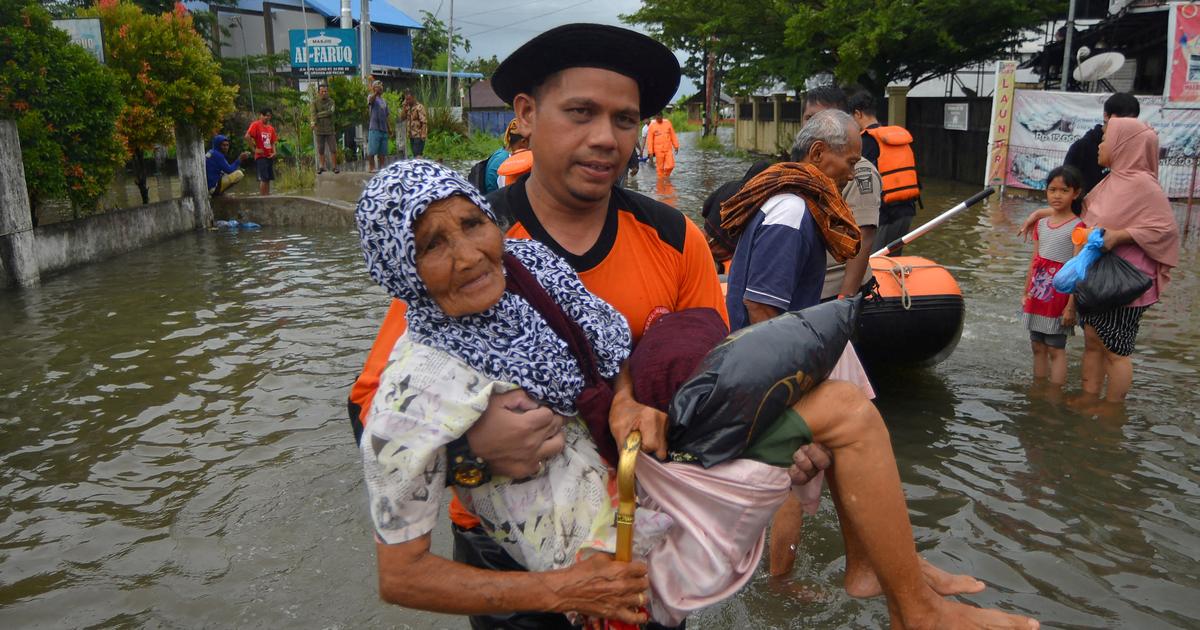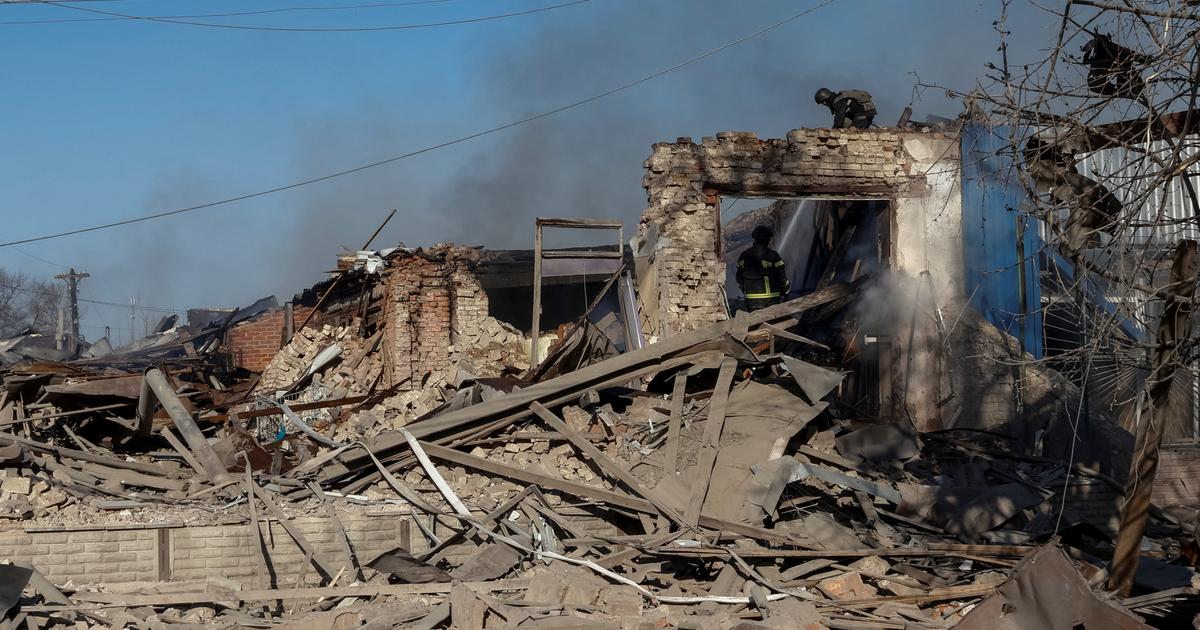The experience is repeated year after year;
The heat arrives, the air conditioning adds its demand to the usual one of normal days and also requires a greater contribution of reactive energy.
The system then operates at its maximum demand.
The phenomenon is well known to companies.
Its executives know that in this period of maximum demand the systems are put to the test;
the clientele does not tolerate cuts because life becomes unbearable;
Governments know that failures will be quickly detected by the population and by the media.
For this reason, preventive maintenance must be scheduled outside of these critical periods;
and, logically, fuel purchases must be made in advance at the time they are used;
etc
The system must be prepared for its maximum demand.
The Generation: a system with structural failures and vulnerable.
The reality is described through various episodes that occurred in the last 90 days.
I will not refer to "extraordinary" events, but to events that are part of our daily lives.
The system is made up of a set of generating plants located throughout the country;
they are connected to an extensive Extra High Voltage Transmission Network that covers all the Argentine provinces.
The generating plants total a combined capacity of 42,947 MW1 made up of various types of plants (thermoelectric, hydraulic, wind, solar and nuclear).
To describe the current actual operation of the system we will focus on the last 90 days.
Based on official information from Cammesa – the operator of the Wholesale Electricity Market – we will choose three days: December 6, 2022;
on January 15, 2023;
and February 12, 2023. The dates correspond to the days of maximum demand for a business day, for a Saturday, and for a Sunday respectively within the 90-day period analyzed.
In those three days the average temperatures were between 29°C and 33.3°C;
and the maximum demanded power was in an interval between 24953MW 28283 MW.
It is more than obvious that a system like the Argentine one, which has a generating park of 42,947 MW, is theoretically in a position to more than supply the energy demands of the entire system with sufficient reserves.
Note that on none of the days with record demand, it came close to said maximum value, being well below it.
Reality tells us that this was not the case;
that the light was cut both for reasons attributable to the lack of generation and for failures in the distribution networks.
It was necessary to resort to the rationing of 180,000 AMBA customers for several hours, which occurred on Friday, February 10.
And in relation to the cuts in distribution - with many residents affected - there were several and it was also necessary to mobilize the City Police to guarantee vehicular circulation on the highway network.
It is important to bear in mind that in order to supply the demand for electricity in the three days analyzed, Argentina was forced to import electricity from Brazil, without which the cuts would have been much greater because the system would have operated without reserves, which implies an enormous risk.
The daily reports do not lie.
Cammesa's daily reports indicate major abnormalities;
and they show that a large part of the generating park was not operational at those critical moments.
On Sunday, February 12, the maximum demand reached 24,953 MW;
but the generation of the generating park barely contributed 23568 MW.
To supply the demand, it was necessary to import 1,276 MW from Brazil plus 99 MW from Chile and Paraguay.
The most striking thing, and which should lead us to deep political and technical reflection, is that a country like Argentina, which has a generating park of almost 43,000 MW, has not been able to meet a demand of 24,953 MW, which represents only 58%. of the total installed as occurred on Sunday, February 12.
The cause is hidden in the inefficiency of the generation park management and in the extraordinary failures of the energy economy implemented by the current government in flagrant violation of current legislation;
based on an unsustainable and irrational system of tariffs and subsidies for both companies and the national economy.
Cammesa's report – which is public – describes the failure clearly: 8,121 thermoelectric MW were unavailable for unlikely reasons such as “lack of fuel”;
for being in "scheduled maintenance";
or for “technical problems”.
The Atucha 2 NPP and a group of hydroelectric plants were also out of service.
Total unavailability was at that time 9,724 MW;
that is, almost a quarter of the total park of unavailable generators.
Conclusion.
A profound political change is needed.
The energy economy is unsustainable and has to be rethought.
A deep reform of Cammesa is required;
institution in which private and public roles are confused.
The private board of directors -which is the majority- has responsibility for the decisions it adopts for following the government's indications outside the regulations.
The intervention of the Regulatory Entities should cease immediately, because with Entities intervened "sine die" there will never be a fair solution, nor a technical solution.
Former Secretary of Energy, President of the Argentine Institute of Energy "General Mosconi"
look also
Less bureaucratic fat, more regulatory muscle
The way out of the energy crisis requires a political reform









